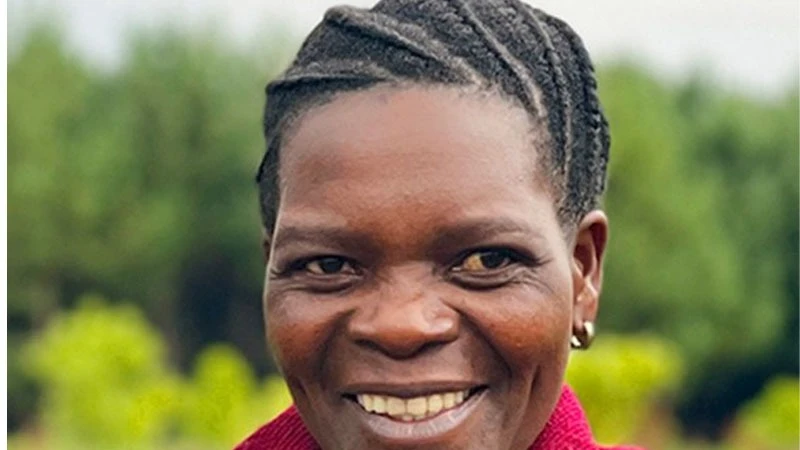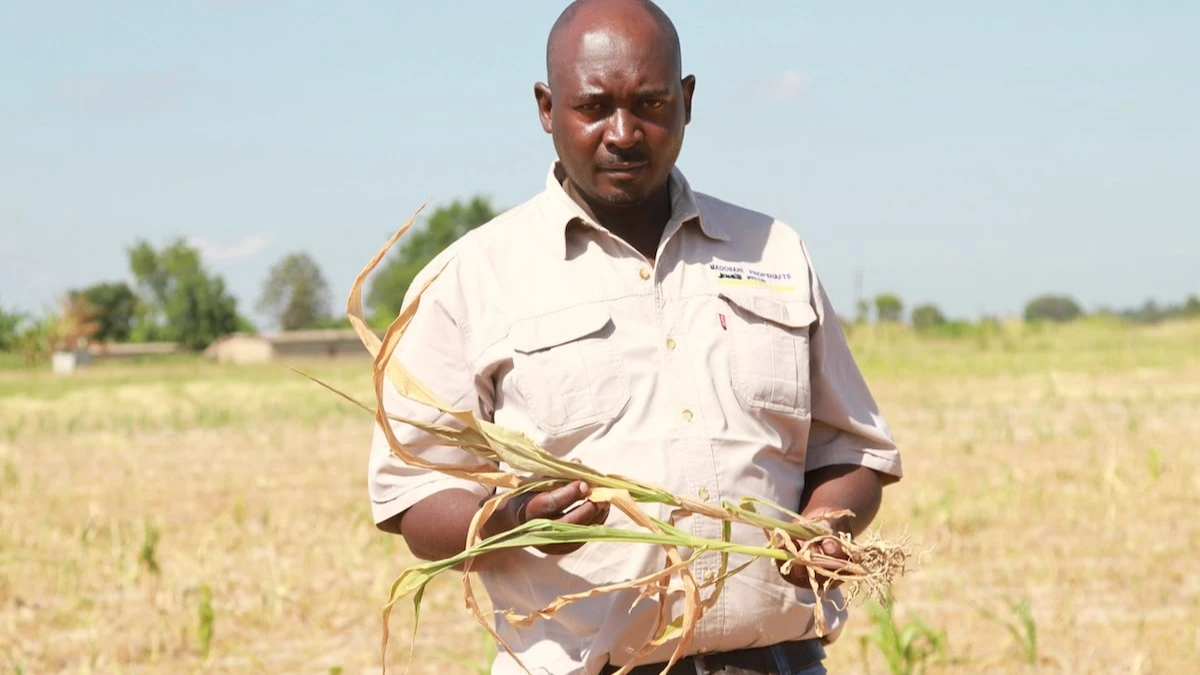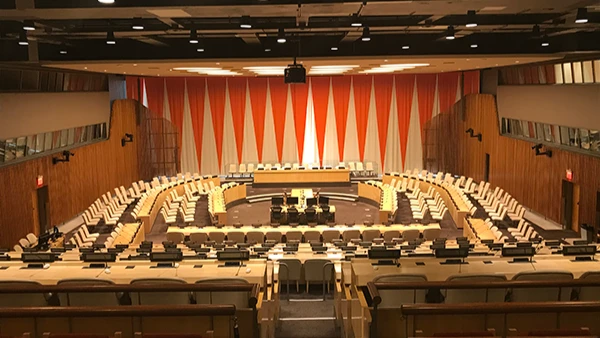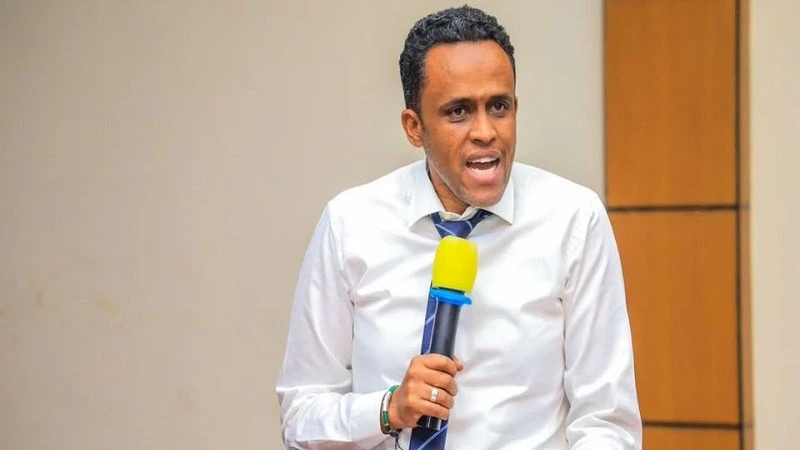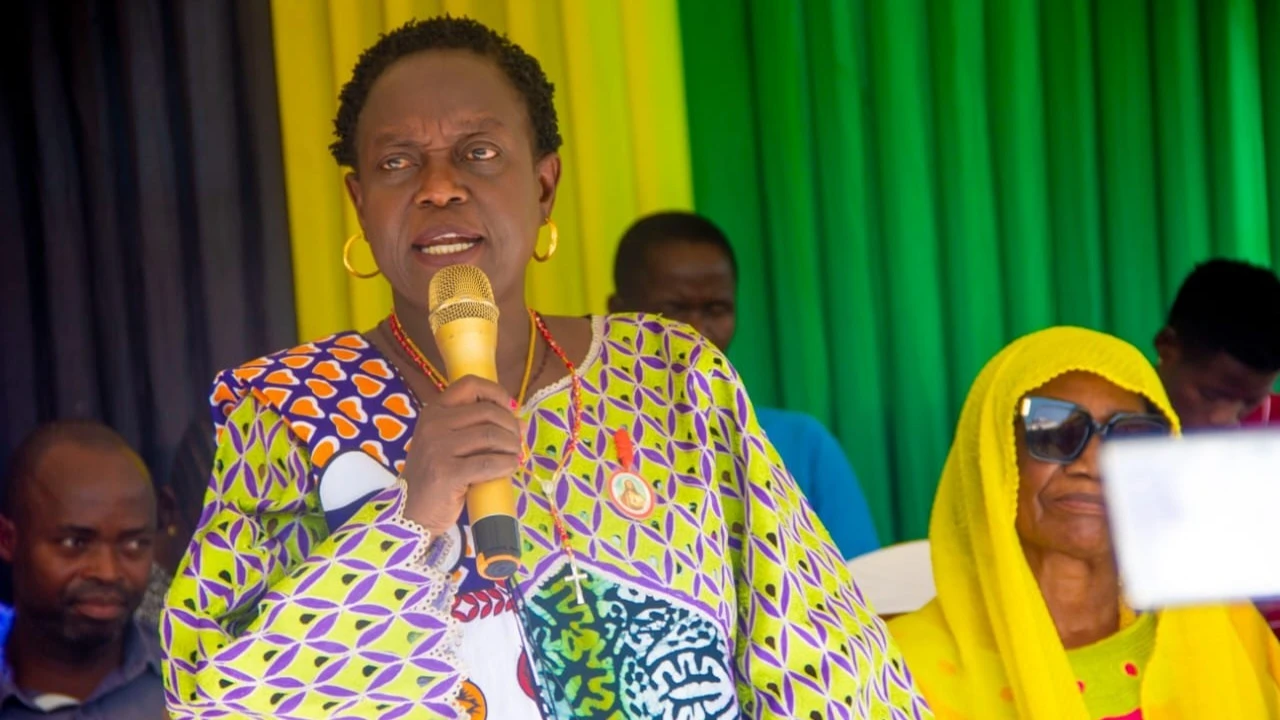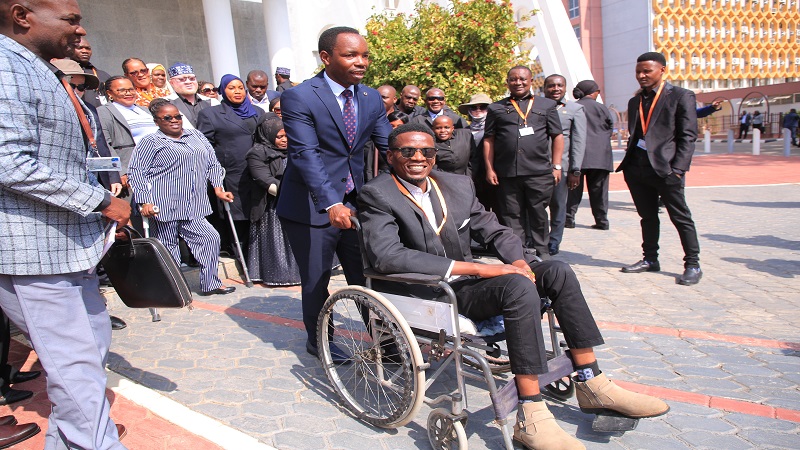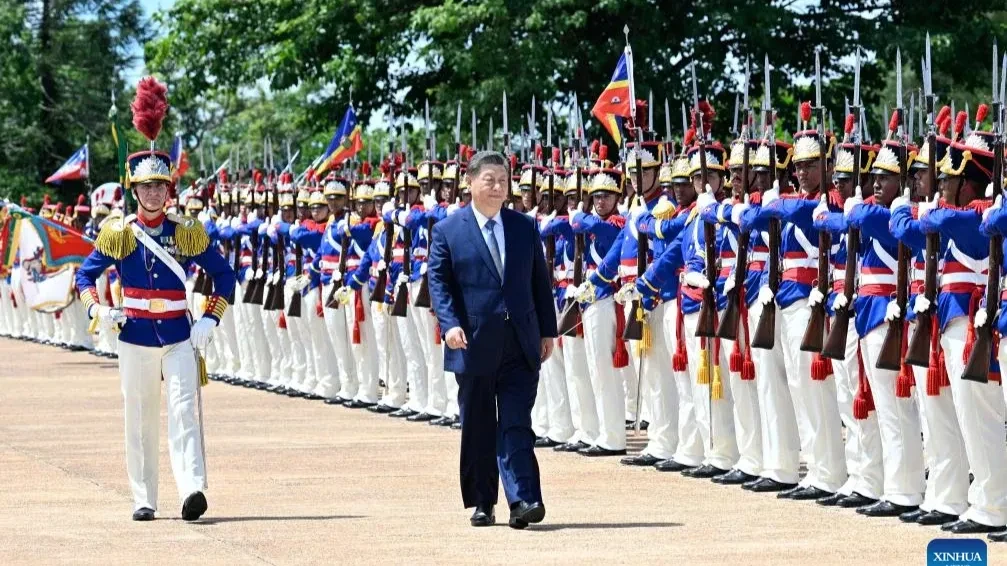Beyond the screen: Tanzanian youth are grappling with digital life, mental health

AT exactly 11:30 p.m., Julieth, a first-year student at a public university in Tanzania, places her smartphone beside her pillow. For the third time that night, she promises herself she'll sleep soon. Yet her thumb instinctively scrolls through Instagram, caught in a loop of curated perfection—beach getaways, aesthetic study setups, gym transformations, and glowing success stories that feel increasingly out of reach.
“Sometimes I compare myself with people I follow,” she says. “They’re my age, but they seem to have everything figured out. It makes me question if I’m doing enough.”
Julieth is far from alone. Across Tanzania, young people are spending more time on their phones, connecting, creating, and hustling but also reporting symptoms of anxiety, insomnia, low self-worth, and digital burnout.
Many struggle to log off, fearing they’ll miss out or fall behind. In a world illuminated by screens, a quiet mental health crisis is unfolding. As mobile technology becomes integral to daily life, Tanzania faces a pressing question: Are young people mentally prepared for the pace and pressure of the digital age?
The digital boom: A double-edged sword
Over the past decade, Tanzania has seen remarkable progress in digital access. By the end of 2023, the Tanzania Communications Regulatory Authority (TCRA) reported over 32 million internet users—more than half the population. A large proportion of that access comes via smartphones, especially among the 15–35 age group.
For many young Tanzanians, phones are gateways to the world. They attend virtual classes, browse job listings, manage side hustles, engage in activism, and maintain social ties. Apps like WhatsApp, TikTok, YouTube, and Telegram are now woven into the fabric of everyday life. Digital platforms have unlocked new opportunities in entrepreneurship and education, enabling youth to build brands, learn skills, and connect with global trends.
However, these gains come with growing risks. Mental health professionals warn of emotional exhaustion, screen addiction, and dwindling face-to-face interaction. Easy access to stimulating content, endless notifications, and constant digital comparison can quietly chip away at mental focus, confidence, and sleep quality—especially in the absence of digital literacy or boundaries. In schools, homes, and social spaces, the signs of digital overuse are becoming more visible and harder to manage without intentional support.
Mental strain in the digital age
The psychological toll of excessive screen time is surfacing in nearly every part of young people’s lives—from disrupted sleep and poor academic performance to low self-esteem and emotional instability.
One of the clearest consequences is poor sleep. Studies confirm that prolonged exposure to blue light suppresses melatonin, making it harder for the brain to initiate rest. Tanzanian educators and psychologists have noted that many students sleep late due to nighttime scrolling, resulting in fatigue, reduced focus, and mood changes during the day. A 2022 study found that more than 68% of youth in urban areas experienced irregular sleep patterns directly linked to phone use.
Beyond physical exhaustion, emotional well-being is also under pressure. Social media often amplifies comparison through idealized imagery, fueling feelings of inadequacy and eroding self-worth. Constant exposure to content equating success with looks, wealth, or popularity imposes silent emotional burdens.
Another concern is “nomophobia”—the fear of being without one’s phone. Many young people experience anxiety when their devices are unavailable due to battery issues, lack of data, or network disruptions. Teachers and mental health workers report increased signs of agitation and distraction among students separated from their phones for extended periods.
Together, these trends suggest that while smartphones are essential tools, they also introduce complex mental health challenges that need to be tackled with awareness, structured habits, and education.
Real lives, real struggles
Throughout Tanzania, young people are navigating a digital landscape filled with both promise and pressure. While phones remain central to communication, learning, and self-expression, their constant presence is also tied to increasing mental distress.
In rural areas, challenges revolve around shared devices, unreliable power, and limited connectivity—often leading to frustration. In urban settings, the pressure comes from overexposure to polished content and the need to maintain an idealized online identity. These patterns are affecting youth focus, self-image, and relationships.
Teachers and social workers note rising emotional fatigue, social withdrawal, and signs of low confidence among those spending long hours online. Without clear guidelines for screen time or digital balance, many feel overwhelmed yet uncertain about where to turn for help.
Though experiences vary, one thing is clear: the need for awareness and mental health resources is universal. As digital life continues to shape this generation, promoting emotional resilience and digital literacy is vital—both in public policy and grassroots efforts.
Filling the mental health gap
Despite limited infrastructure, a few grassroots and institutional efforts are emerging to support Tanzanian youth. Peer-led support clubs in secondary schools offer safe spaces to discuss stress, peer pressure, emotional well-being, and digital struggles. These forums are helping normalize conversations around mental health and reduce stigma.
In collaboration with NGOs such as TAYOA and UNICEF, some schools are integrating mental wellness into life skills programs—teaching youth to recognize anxiety, identify signs of burnout, and support their peers. Evaluations from pilot programs suggest these efforts increase empathy, sharpen emotional awareness, and enhance classroom focus.
Technology-enabled support is also gaining ground, particularly in underserved regions. Initiatives like the Friendship Bench and mobile health (mHealth) services deliver basic counseling through phone calls, text check-ins, or trained lay counselors. Though still limited in reach, these approaches offer scalable, culturally sensitive solutions to rising mental health needs.
With greater investment, coordination, and community engagement, these programs could grow into nationwide support systems that help youth manage the demands of the digital era.
Barriers to mental health support
While awareness is growing, numerous barriers continue to hamper access to mental health services. Despite its importance, mental health still receives limited funding compared to other public health priorities. Tanzania’s shortage of licensed psychiatrists—especially outside urban centers—makes access to care particularly difficult.
Cultural beliefs also pose challenges. Mental health conditions are often misunderstood or attributed to spiritual issues, leading youth to rely on prayer or personal willpower rather than professional guidance.
Additionally, many parents and teachers lack the training to recognize how digital life affects young minds. As a result, responses often swing between total restriction and unchecked access—neither of which promotes healthy digital habits.
Strengthening mental health capacity, raising awareness, and fostering informed adult support remain essential to creating a more responsive, youth-friendly mental health environment.
Building healthier digital habits
To support healthier digital lifestyles, schools, NGOs, and mental health advocates are promoting practical tools. Strategies include digital hygiene practices such as limiting screen use before bed, silencing notifications, and enabling “Do Not Disturb” modes to minimize distraction.
Offline engagement is also gaining emphasis, with youth encouraged to join sports, reading clubs, creative arts, or community service to rebuild real-world connections. These activities help restore attention, reduce stress, and improve social bonds.
Mindfulness practices—like journaling, prayer, and deep breathing—are proving valuable as well. Some schools are adopting these into their daily routines to cultivate calm, focused learning environments.
Importantly, experts stress that adult involvement is crucial. Parents, guardians, and teachers need training, forums, and tools to guide young people in forming balanced digital habits and emotional resilience.
Youth leading the mental health movement
In the absence of comprehensive national intervention, youth are taking the lead. Through social media campaigns, school clubs, and peer-led initiatives, young Tanzanians are advocating for healthier screen use and mental wellness.
Student groups have launched digital detox challenges, hosted awareness events, and used art, poetry, and short films to spark conversations about digital stress and emotional health.
At the heart of this movement is a powerful vision: digital dignity. A future where smartphones remain tools for growth and connection, not anxiety and self-doubt.
Youth aren’t just demanding change—they’re living it through creativity, dialogue, and leadership. But to truly scale this momentum, systemic investment, policy action, and mental health prioritization in schools and communities are needed.
Tanzania’s youth are standing at a crossroads—caught between digital opportunity and emotional strain. It’s the collective responsibility of society to walk this path with them, not leave them to navigate it alone.
The writer can be reached at judithjamestz@gmail.com
Top Headlines
© 2025 IPPMEDIA.COM. ALL RIGHTS RESERVED


